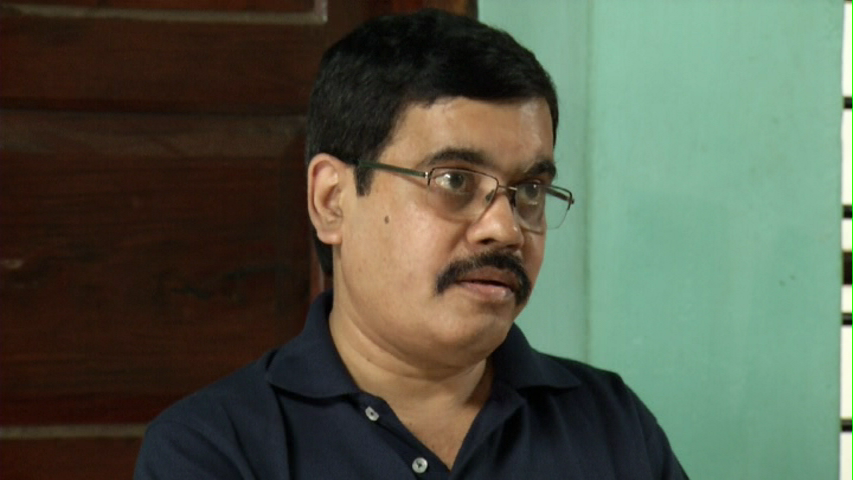I was not prompted with a curse or a greeting, like ‘Maa Nishhaada’ (Oh ill fated hunter). Deciding not to wait for someone to utter that, I started writing this novel on a rainy Sunday afternoon at Edinburgh. Of course, all the Sunday afternoons in Scotland are rainy and make one instinctively forlorn.
It all commenced after I completed my previous novel ‘Arasur Vamsam’ about a family of cooks hailing from Ambalapuzha. Arasur Vamsam was a micro historical fiction with a magical realistic narrative, set in 1800s. In a way, it is the story of my roots.
I had a vague feeling that the epilogue of Arasur vamsam was not drafted that satisfactorily and on hind sight was tempted to write a short story taking the novel to the logical conclusion. When I started writing, the short story extended slowly from the scheduled 4 pages to another full blown novel of around 800 folios, somewhat voluminous. And that is ‘Viswaroopam’, a work that took about 3 years of my quality time, well spent, I would not hesitate to mention.
The novel spans through three countries, a dozen towns, small towns and villages, four different cultural environments and the narration proceeds as six distinct and different threads. Five of these commence during 1889 – 1991 while the remaining, starts rolling in 1938. And, all these, culminate in a finale in 1938.
While keeping the story line taut and the narrative interesting – my apologies to those who maintain craft is a low level factor of creativity; don’t make Gabo turn in his grave’ – I experimented freely with the language style. This includes a ‘presumed translated text of a Scottish newspaper report of the royalty’s tour of Scotland, circa 1900, which like everything else has its place in the unfolding of events in the novel.
With more than 6 spoken language styles, the fifty odd characters of Viswaroopam gently rise from the pages of the book and surround the reader. taking the novel to its conclusion, which sort of, wrote itself.
The character of Mahalinga Iyen and the world according to him are revealed entirely through the epistles he pens which curiously never reach any of the intended recipients. When the novel began, I intended him to be a minor character but without my reckoning, he evolved into a crucial one if not the protagonist, thoroughly outspoken and with no regard for pristine pure civilized language of noble beings. He still ridicules me for attempting to contain him and then let him have his way, though I saw to it he was not around towards the close of this work.
The micro history of the Tamil and Malayalam spoken regions from 1870 to 1940 is discussed if not in detail but with specific context to the proceedings, in Viswaroopam. Magical realistic narrative is tempered by the flow of the fictionalized history and blends homogeneously with stark reality reconstructed. I had to use magical realism to fast track the novel and also to tie seamlessly up all the story threads when the novel approaches its conclusion.
I experienced the least difficulty in depicting life in downtown Edinburgh and London in 1900s. Being a long term resident of these metros at various points of time, the experience helped me to envisage their glorious past through the availability of plenty of post Victorian cultural and historical artefacts. It is all because there is change that is being regulated and ushered in without giving the past a go in its entirety. Whereas, I had to strive to paint the word picture of 1900’s Madras, channelizing more efforts in the process. Tamilnadu and Kerala are changing by the day. Chennai is changing by the hour.
As I proceeded with writing Viswaroopam, I had absolutely no idea where the novel is heading to. I kept afloat swimming along with the tide and as the first reader, enjoyed reading this while writing. I pray Ambalapuzha lord SriKrishna to enable the readers too to be bestowed with a similar reading experience altogether different from anything they might have hitherto experienced. Vande Vasudevam.
Viswaroopam is being followed by ‘Achchutham Kesavam’, my current novel about the Ambalapuzha family of 1960s, a period I too have lived in, as a pre-teen small town boy.

